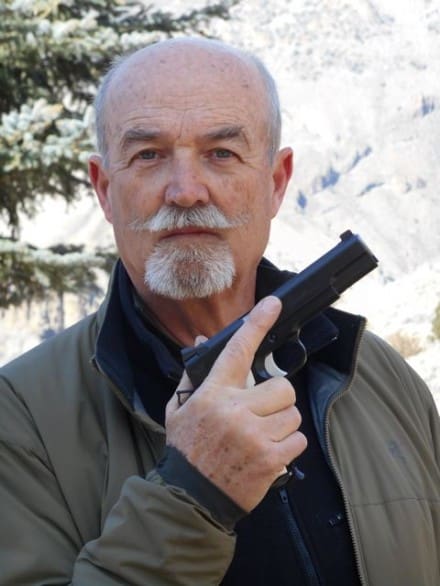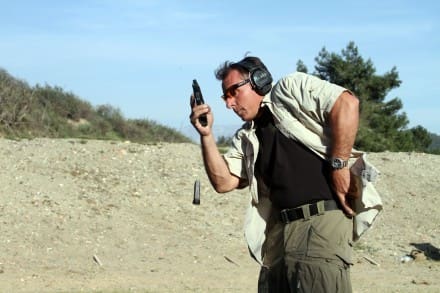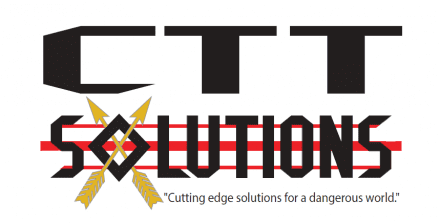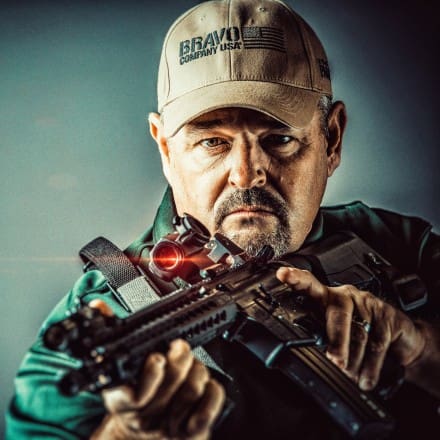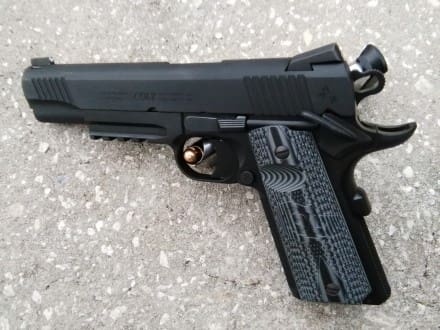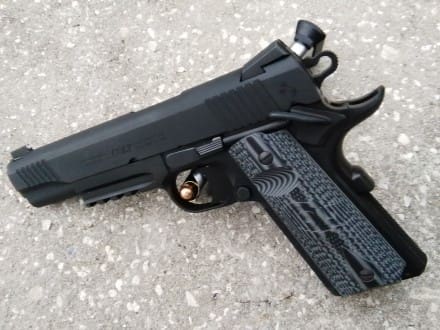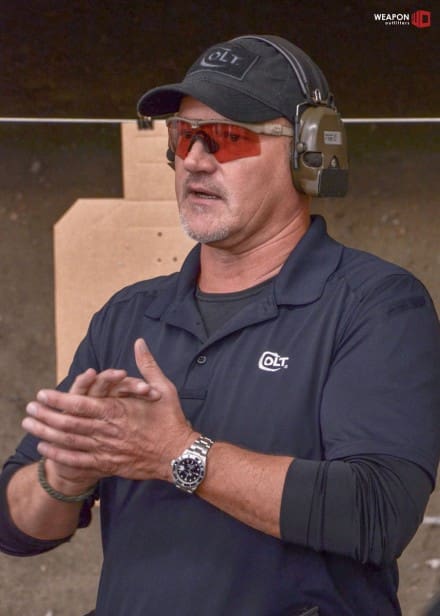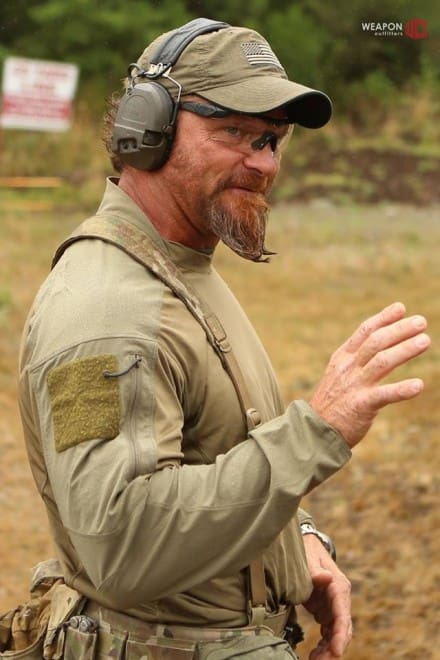It is beyond amazing the amount of ‘junk’ I see people hanging on their AR15/M4 style blasters. Some folks seem to think that if it’s for sale, they have to add it to their carbine. I keep thinking that the word has gotten out about this stupid approach, but apparently I am wrong.
So, here is my read on this topic. Put only what your need on your blaster. That means good sights: I strongly recommend a good quality red dot (Aimpoint Micro is my favorite). Backup iron sights remain on all my guns. If you live in an area where ranges can be longer than 100 meters, an optic (scope) may be warranted. A good 1×4 or 1×5 scope has merit. You will normally be set on one power, dialing up in power as range and time allows for. First focal plain scopes on carbines are brain dead; you can’t see the reticle for shit when it is on one power. Remember this isn’t a sniper weapon, second focal plain is what you need. A good two point sling is my recommendation. I have never been a fan of single point slings, they are quickly becoming only favored by those guys that have everything hung on their carbine except for a coffee maker.
I want my primary weapon to have a good trigger. Some AR platform makers offer good serviceable triggers, others feel like they have a broken hacksaw blade for a sear, backed up with a truck spring for a hammer spring. Bill Geisselle offers the ‘gold standard’ in AR triggers. I have a couple of Hiperfire Enhanced Duty Triggers that have proven to be outstanding and Paul Buffoni of BCM is about to release an enhanced GI spec trigger that if it measures up to everything else BCM offers, it should be a top choice.
A white light is critical; if you need your carbine in a low light scenario, you must be able to identify your target. Don’t go Cheap Charlie on this one; get a good light, mount it where you can operate it when your carbine is being held in the manner your normally fire from. Changing your hand position to activate the light and them having to move it back to your firing position is a mistake.
For the life of me I do not understand why so many folks think they must have a muzzle brake/compensator on their carbine. I realize much of this comes from the 3-gun gameboy world. Listen up, in the dark these things are terrible, indoors they are horrendous with a concussion that can be very disturbing, and if someone touches one of these comps off beside your head, you will have your chimes rung for sure. Yea,yea I here the crap about how they make the gun shoot “flat” and keeps your splits really low. If you are such a wimp that you can’t control the recoil of a 5.56 then I understand your needs, and splits, well they don’t mean sh-t in the real world. Keep your primary (carbine) simple, keep it lubed and running with good magazines and quality ammo.
Train, practice, and stay alert.
– Ken Hackathorn
Ken Hackathorn has served as a US Army Special Forces Small Arms Instructor, Gunsite Instructor, and NRA Police Firearms Instructor. He is currently an FBI Certified Firearms Instructor, Certified Deputy Sheriff with Washington County SO, Ohio, and a SRT member and Special Response Team trainer. Ken has trained US Military Special Operations forces, Marine FAST and SOTG units and is a contract small arms trainer to FBI SWAT and HRT.
Ken has provided training to Federal, State, and local law enforcement agencies and been active in small arms training for the past 25 years. He has written firearms related material for Guns & Ammo, Combat Handguns, Soldier Of Fortune, and currently American Handgunner and contributed to at least six other gun/shooting journals. Ken was also a founding member of IPSC and IDPA.
To see Ken’s Training Class Schedule visit aliastraining.com.
Gunfighter Moment is a weekly feature brought to you by Alias Training & Security Services. Each week Alias brings us a different Trainer and in turn they offer SSD readers hard earned words of wisdom.


